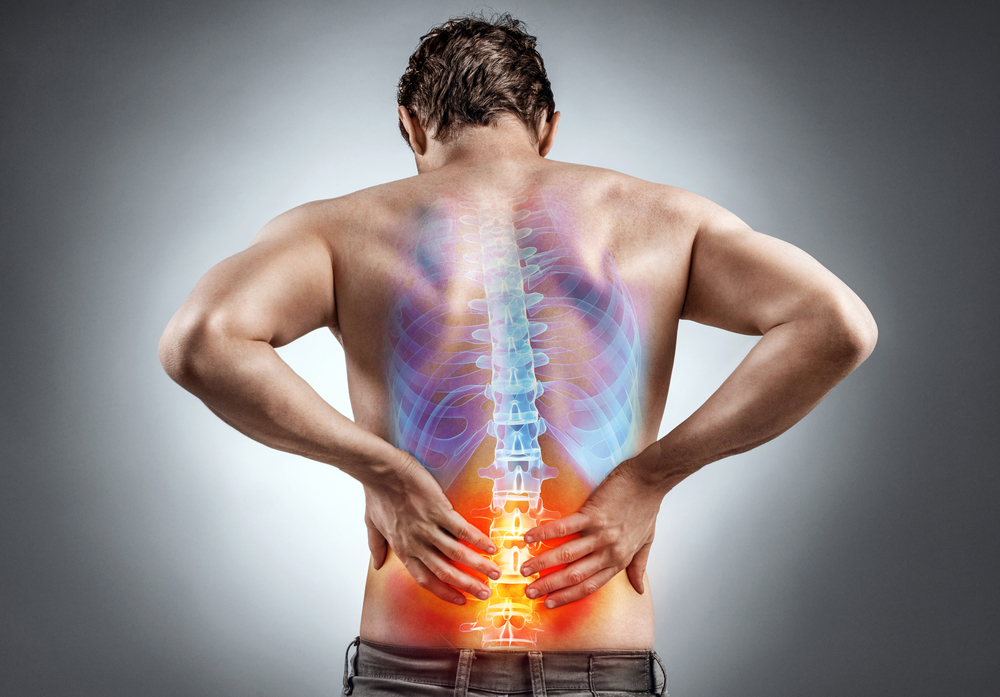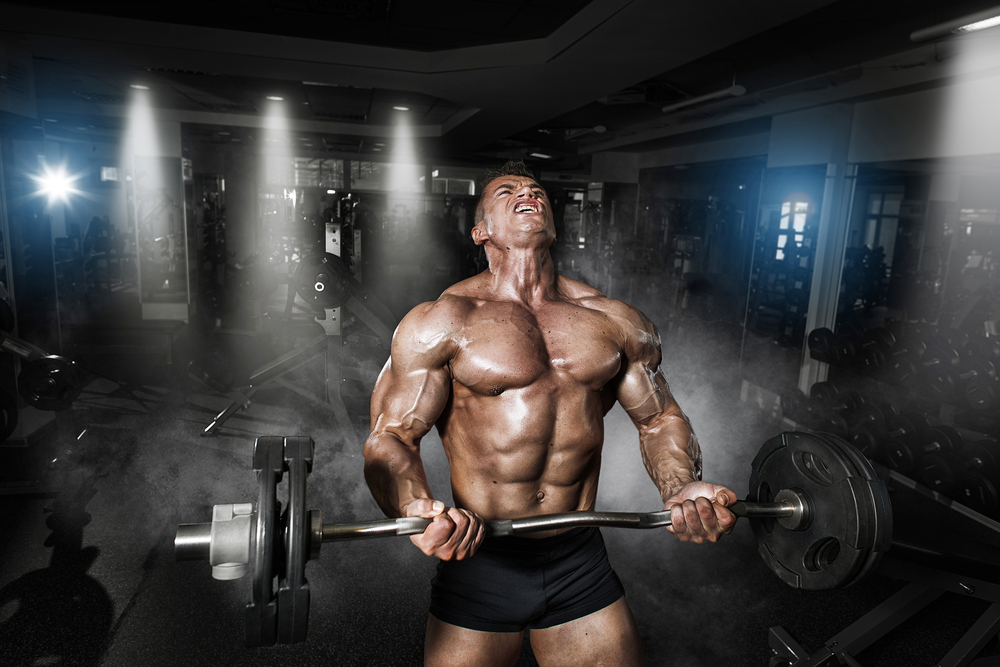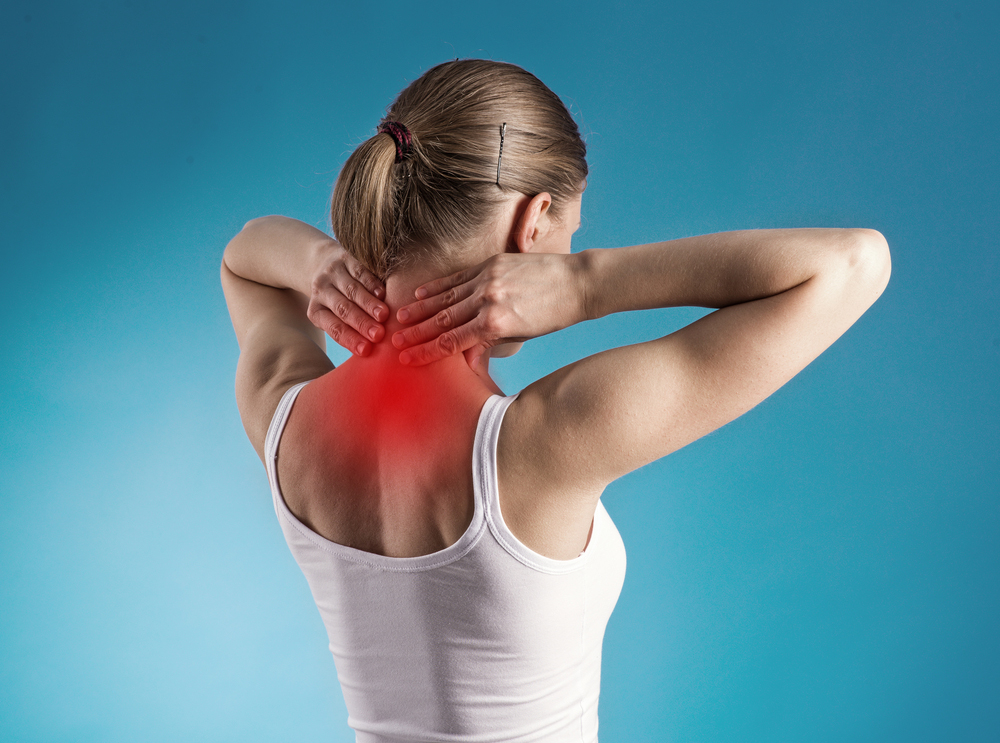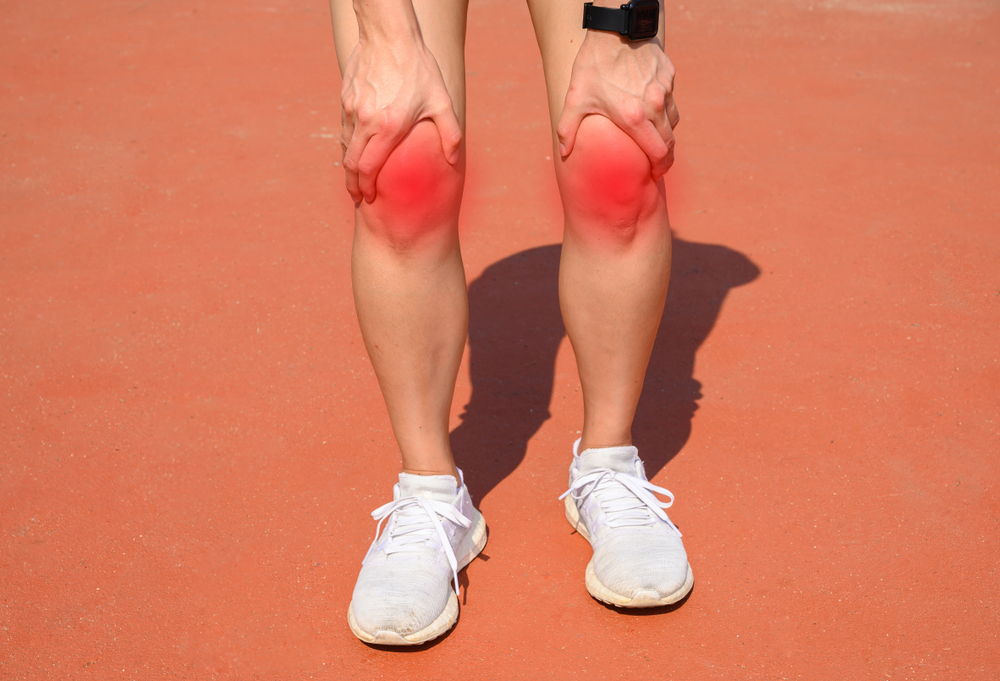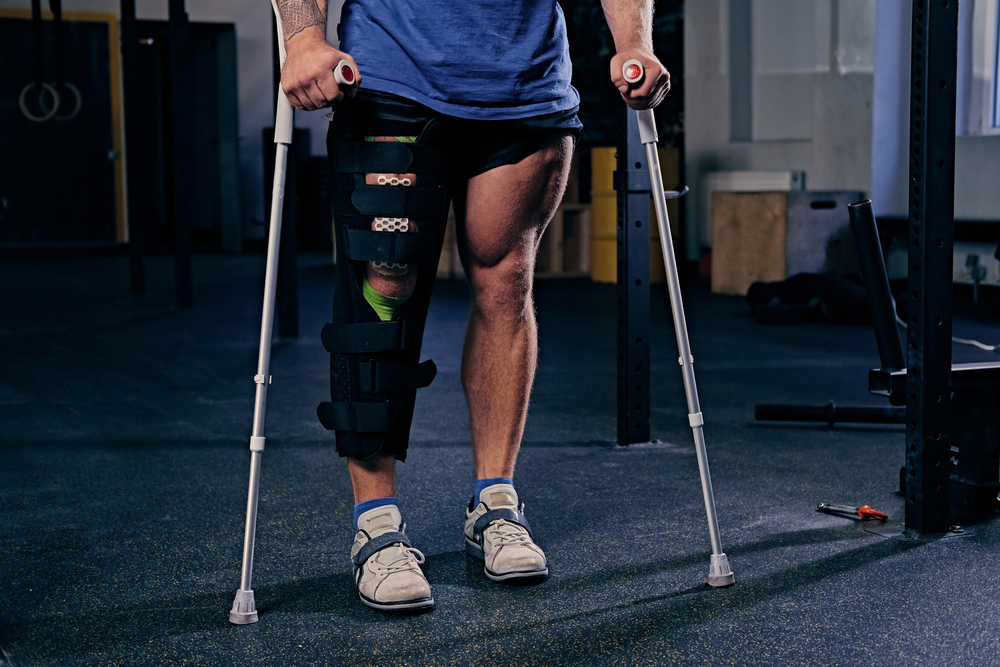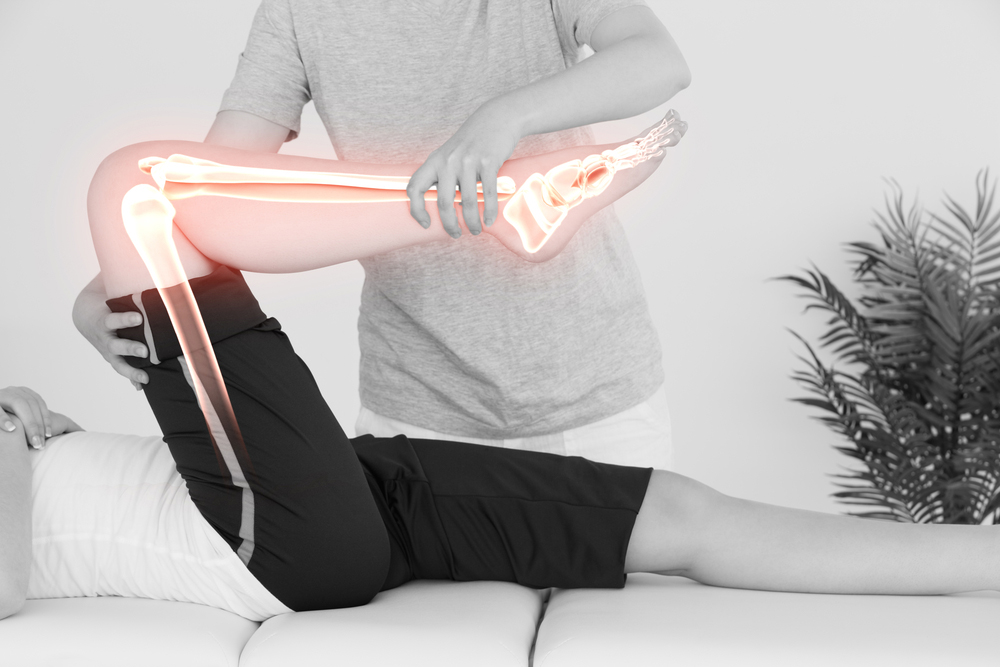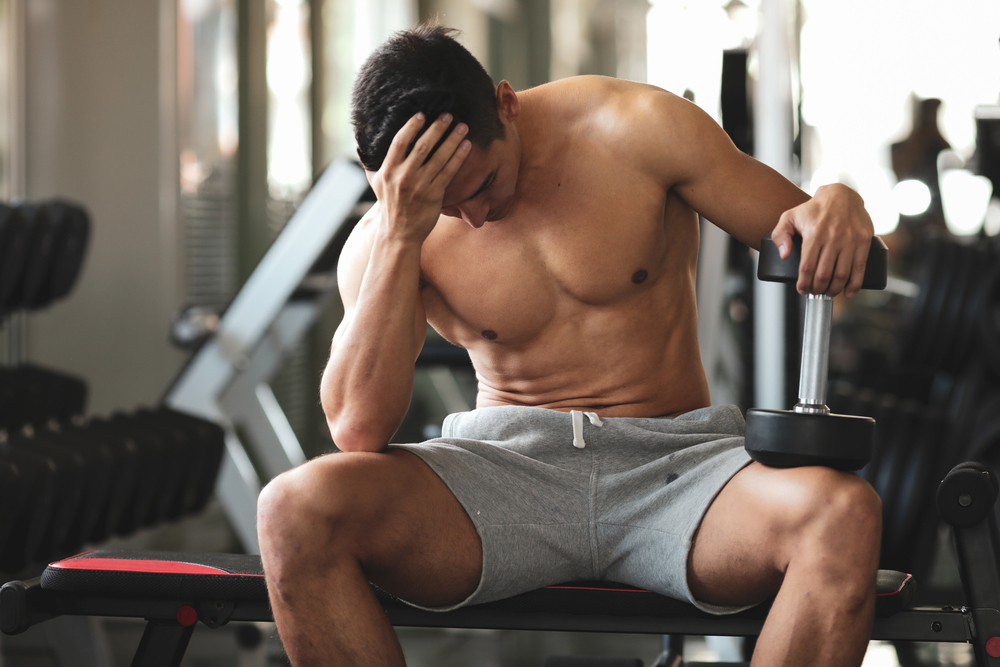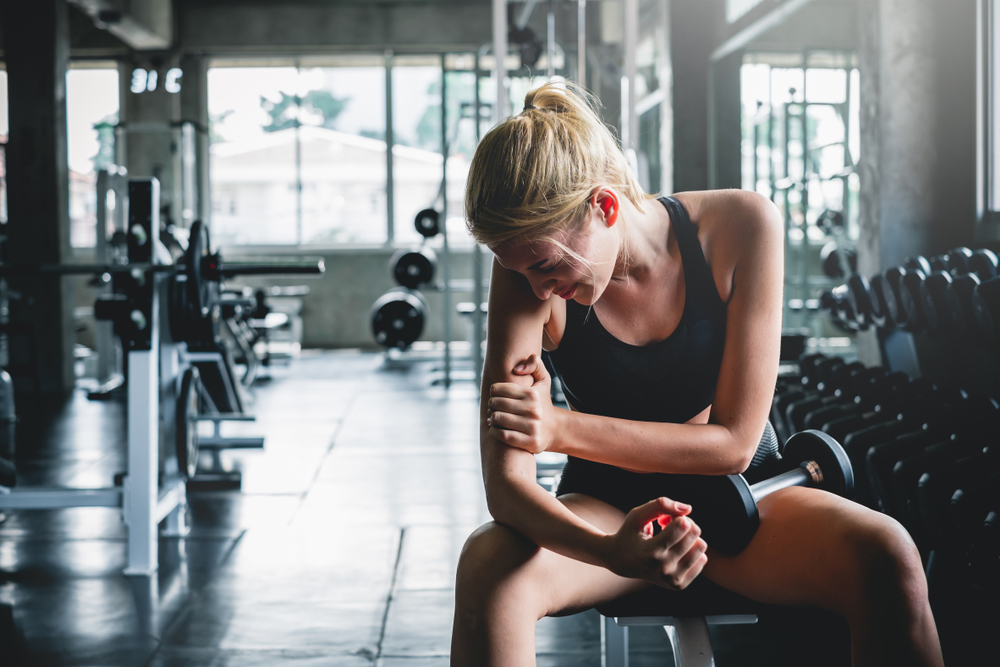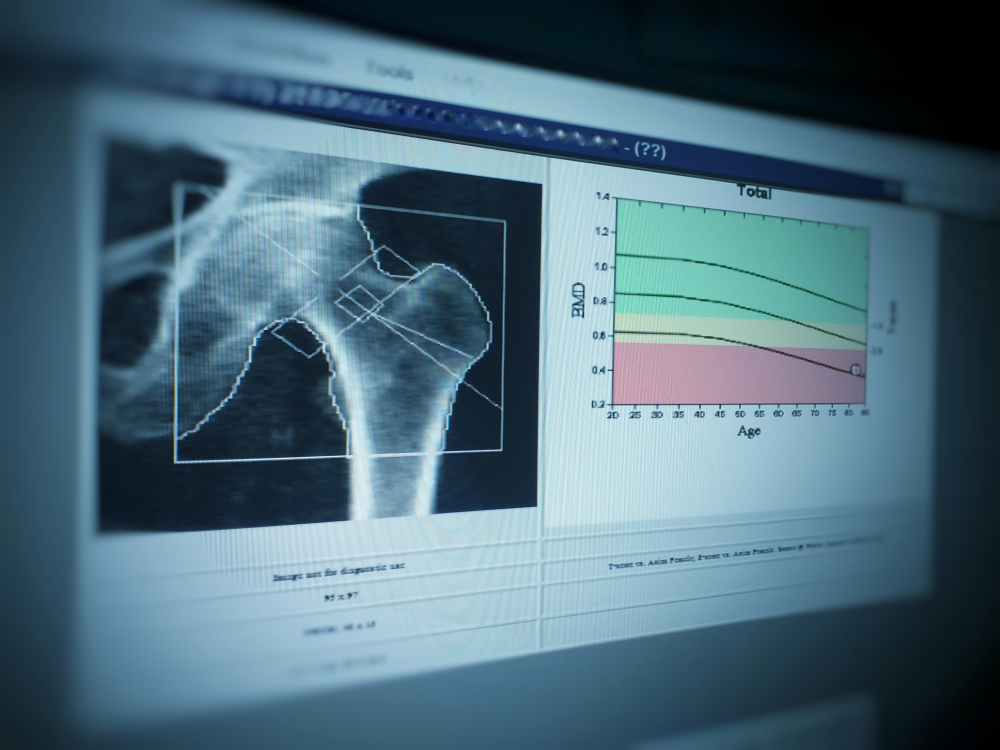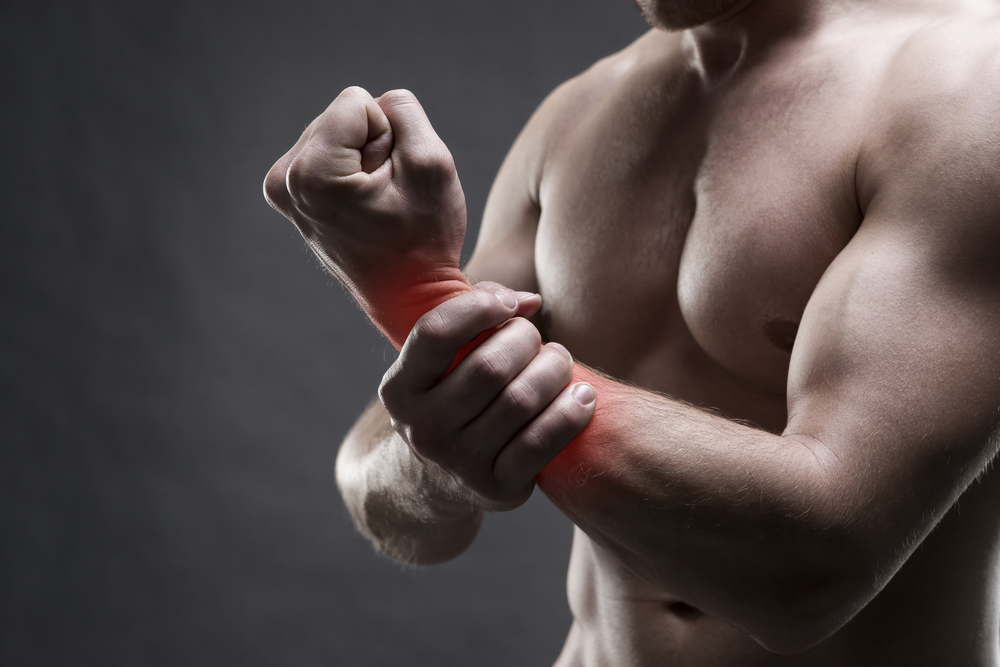Back pain is one of the reasons for discomfort in the daily lives of bodybuilders. A simple injury can force an athlete to end their career and cause many other psychological consequences. It is therefore important to be informed and to take the appropriate measures. Discover the causes, the manifestations and the possible solutions against back pain.
Back pain, a common problem in humans
No one is really spared from back pain. We often hear about crushed discs, pinched nerves, slipped discs and many other problems. In reality, however, these terms are often used incorrectly. For example, it is absurd to say that the discs have slipped. The discs are so tightly connected to the vertebra that the bone may break before the disc moves.
Although it can be very confusing, there is no definite information about the causes or manifestations of back pain. What is certain is that an athlete who is trying to push his or her limits may suffer from back pain after physical exertion. The problems often encountered in the lumbar region may be the result of a simple, harmless stroke that must have become very serious.
For example, a sportsman can suffer from problems in the back joints just by trying to tie the laces of his shoe. Spinal pain can happen to anyone. However, with a few precautions, it is possible to considerably reduce the risk of injury. But before we look at the different ways to remedy these ailments that can change an entire lifestyle or ruin a sporting career, it is important to understand the anatomy of the back.
The anatomy of the back and how it works
The back is one of the strongest structures in the body. Although many injuries can occur in the spine, they cannot be caused by weaknesses in the structure of this part of the body.
The structure of the back
First of all, it should be noted that the spine functions as a mechanical system. It is composed of muscles, bones and nerves. The spine, which serves to support the body and cover the spinal cord, is composed of 24 vertebrae. Each of the vertebrae is composed of apophyses. These are cylindrical shaped vertebral bodies with bony expansions on the sides and back. Each vertebral body has a spinal canal on the inside and at the back.
On the other hand, each vertebra is associated with two nerve roots , i. e. nerves. These, in turn, serve as connections between the muscles, the organs and then the skin. A simple malfunction in the nerves can therefore lead to problems in the whole structure of the back.
The functioning of the back structure
At first glance, it should be noted that the entire weight of each individual is supported by the vertebral bodies. The apophyses serve as attachment points for the muscles and ligaments. The ligaments cling strongly to the vertebrae and act like wires attached to a stake. The strong attachment of the ligaments is also the reason why humans are able to stand upright.
Furthermore, it is through the action of the erector spinae muscle that each individual manages to hold the joints of the back. This is true whether you are sitting down, standing up or bending forward. It is also thanks to this muscle, which extends from the skull to the sacrum, that people are able to perform rotation and lateral flexion movements in the abdominal muscles.
How to avoid disc damage?
The structure of the back, more precisely the components of the disc, allows the organism to support a load of around 680 kilos. Whether one's an athlete or not, wanting to deploy a great force to exceed this limit can prove fatal for the vertebra. This could, for example, lead to crushing the vertebra and subsequent rupture of the disc. To avoid damage to the disc, you should:
- Distribute weight evenly when lifting heavy loads;
- Avoid attempting to lift very heavy loads, even when doing strength training exercises;
- Maintain good posture when lifting heavy weights.
How to explain disc pressures?
As mentioned earlier, damage to the discs should be avoided as they are of vital importance to the functioning of the spinal structure. When a person's discs malfunction, he or she is exposed to joint problems, excruciating pain and nerve problems. .
The pressure in the discs is usually high when the person is sitting. This is because the muscles that support the spinal structure are less used in this posture. Also, when the person's back is not fixed to a support (e. g. a chair), the pressure on the discs is even greater with a raised straight leg posture.
To better understand the phenomenon of pressure on the discs, an experiment was conducted. It was found that the discs are less contracted when lying down. In this posture, the pressure on the discs is around 45 kg. When sitting, the pressure increases to a level of 135 kg. When the subject tries to lift a mass of 18 kg, the pressure increases even more, but varies according to the posture taken. When he keeps his knees bent, the pressure on the discs is 180 kg. This value doubles to 405 kg when the subject keeps his knees straight.
What about nerve pinching?
The pain that can be felt in the back is often the result of certain inflammatory reactions. They can manifest themselves in an injury or cause the dysfunction of the nerves that are in the vicinity. This is why some people refer to it as a nerve pinch.
What can be done about a conflict between a disc and a nerve?
It is vital for the body that the nerve can function normally. Therefore, it is necessary to take immediate steps to free the nerve when it is in conflict with the intervertebral disc. To do this, it is advisable to resort to surgery to remove the part of the disc or the whole disc.
However, the best way to deal with interlocking situations that may occur between the disc and the nerve is to prevent the pain from occurring. This means taking good care of your spine to avoid deforming the spinal structure over time. Keeping your posture straight over the years is not always easy when the spinal cord becomes vulnerable or when the vertebrae are no longer able to hold your weight.
What are the risks to the joints of the back?
Inflammatory responses in the spine occur under certain conditions. To reduce the risk of suffering sprains in this particular area of the body, it is important to be aware of the two main sources of back pain.
Poor posture: the primary source of back pain
This condition has been discussed in the previous lines. Poor posture is a major threat to the proper functioning of the back structure. A high accumulation of fat, abdominal relaxation or pregnancy are the main factors that affect a person's posture.
For example, most pregnant women suffer from spinal pain as their belly grows. This is because the joints in the back are forced to stop working as the point of gravity is projected forward. This phenomenon is also noticed in men with prominent bellies. Thin people may also suffer from spinal pain due to weak muscle tissue or a disproportion between the abdominal and lumbar muscles.
On the other hand, an unbalanced strength training programme can also lead to excruciating back pain. For example, when the athlete performs many more deadlifts and very few sit-ups, the pelvis is poorly positioned and the back of the intervertebral discs are over-stressed.
The accumulation of micro-trauma: the second source of spinal pain
By repeating certain movements during sports sessions, the muscles and ligaments surrounding the vertebral crown suffer small tears. Over the years, these tears lead to damage or injury to the joints of the spine. The most exposed athletes arebodybuilding orpowerlifting.
To avoid accumulating these small traumas that can hinder the proper functioning of the spinal muscles, it is recommended to opt for a balanced fitness programme. This should be complemented by a healthy diet for perfect results. It is also not advisable to stretch a muscle cold during a workout. In addition, it is important to avoid large gaps as much as possible. This puts the structure of the spine at risk.
Other factors in back injuries
In addition to the two sources mentioned above, the spinal structure can be damaged by other factors. For example, smoking a lot of cigarettes can cause the discs to become weaker and weaker and then deteriorate. Also, stress, poor diet, unhealthy lifestyle or genetic factors can lead to spinal dysfunction.
Is there a risk of injury?
The likelihood of back injury is very significant in strength training activities. Exercises such as:
- Taking an incorrect starting position;
- Using bounces or swings during a movement;
- Making sudden movements;
- Performing sports activities with long periods of bending, hyperextension or rotation;
- Abruptly placing the dumbbells back on the rack;
- Rotating while holding a bar or stick behind the shoulders;
- Using excessive weight while doing rowing;
- Making physical efforts while sitting for a long time;
To successfully reduce the risk of injuries that can occur to muscles and ligaments, it is necessary to avoid overloading the weights during weight training activities and then keep a good posture. Also, it is essential to note that the tolerated range of motion for rotational movements is 30°.
As previously mentioned, a healthy diet should be followed and rest should be given when necessary. The athlete should also be monitored to ensure that continuing the fitness programme will not cause long-term damage. Finally, it is advisable to strengthen the muscles of the back so that they can fully play their role as protectors.

